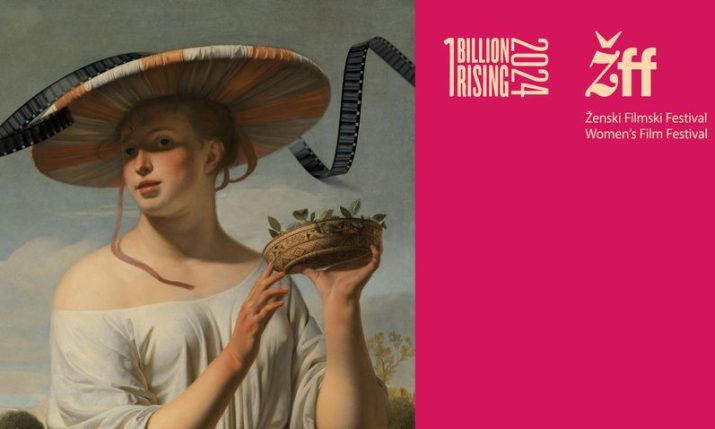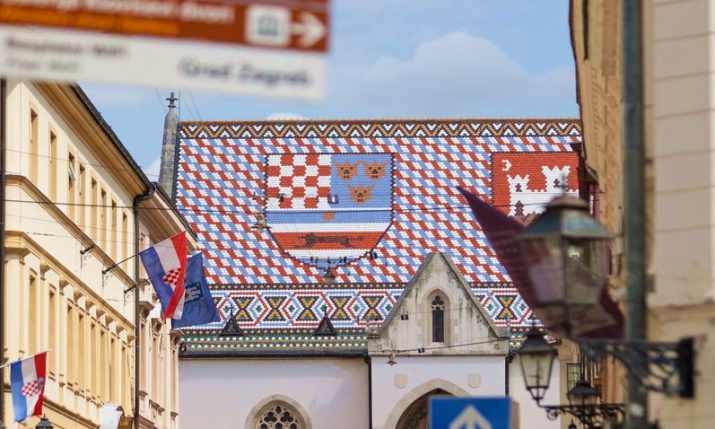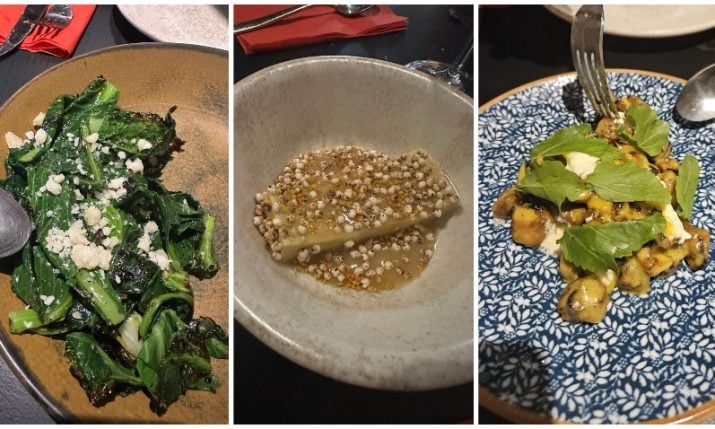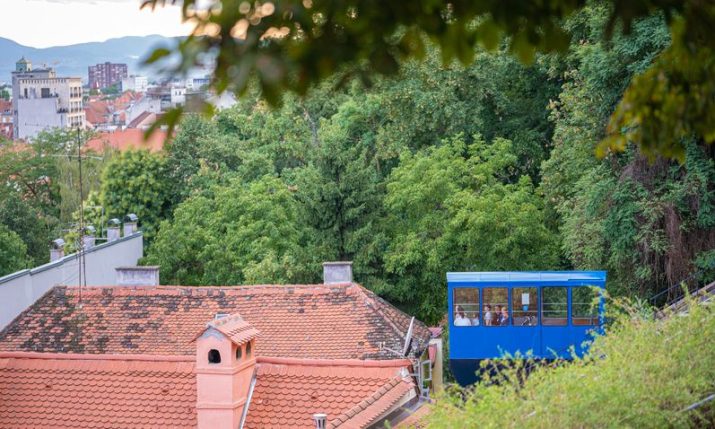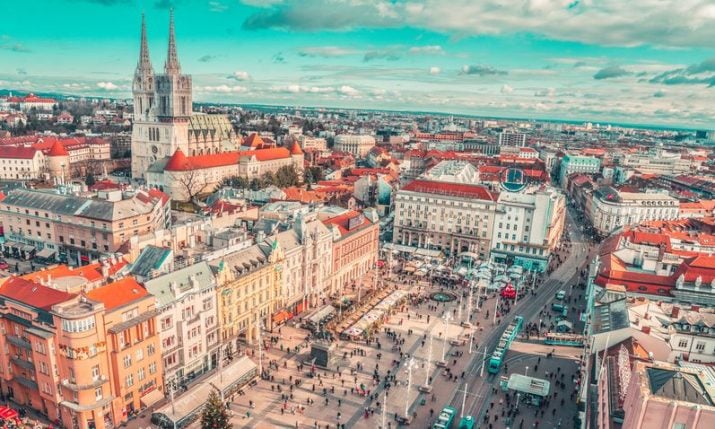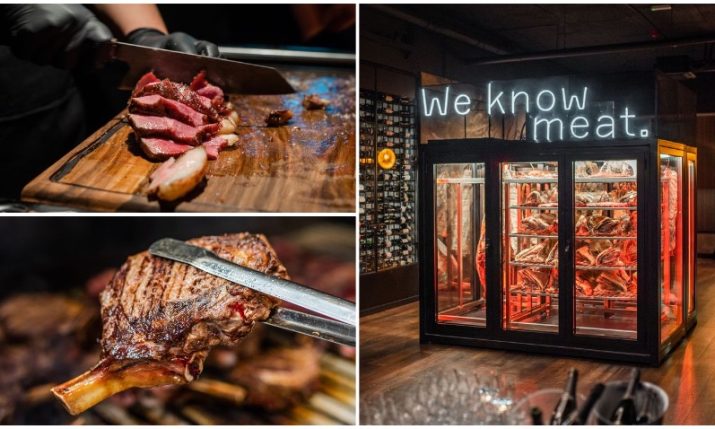Zagreb Coffee Culture – Behind the Buzzword
- by croatiaweek
- in Latest
 By Andrea Pisac
By Andrea Pisac
You read a few travel guides on Croatia. The chances are big they all praised the awesome Zagreb coffee culture. Go out there and experience it, they advised. So you do. My rough guess is you are expecting several things from it:
– amazing range of world’s coffee brands
– superbly brewed coffee
– uniquely designed coffee shop interiors
– lovely cakes to go with it
Well, I must disappoint you – your expectations won’t be met, at least not entirely.
Zagreb coffee culture – a mixture of three traditions
Zagreb’s cultural heritage is a dynamic crossing of three major influences. It has to do with larger political entities Croatia used to a part of: the Austro-Hungarian monarchy, the Ottoman empire and Italy. You’ll notice these influences in foreign words that have become part of the Croatian language. Croatian cuisine is also a good example. But nothing shows the bricolage I’ll present to you like the Zagreb coffee culture.
First of all – coffee is not just coffee in Croatia. As an American in Zagreb rightfully says on his blog:
[…] coffee in Croatia is where everything gets done. It’s where friends meet, where deals are made, it’s how favors are asked, it’s how people are hired, fired, introduced, married, divorced, everything.
Even when you ask someone for coffee, it doesn’t mean they’ll have coffee. The phrase actually means: let’s go and spend some time together (talking, gossiping, exchanging favours and tips, and basically doing nothing). Which is why you’ll almost never see a local sitting alone having coffee. It defeats the purpose of the Zagreb coffee culture ritual!
Ottoman influence
The social character of coffee drinking has definitely been inherited from the old Ottoman practices. Even though Turkish coffee brewing has elaborate rules and tastes great, the point has always been to connect with people over a cup of coffee. And the connections were various: from political to intimate. Here’s what happened to a foreign friend of mine who had coffee in Sarajevo (a city with a strong Ottoman influence). He ordered and finished it in less than five minutes. The bartender refused to charge him. He claimed my friend didn’t really have coffee at all! Because the way to have coffee there is to share it with someone and to taaake your time.
Croats used to drink lots of Turkish coffee. In almost every home you’ll still be offered this type, which is made with much finer grains and boiled in a pot called dzezva. Unfortunately the espresso culture took over in Zagreb coffee shops. The only cafe where you can still have proper Turkish coffee is at the Palace Hotel!
Italian espresso
I never tasted a proper espresso until I lived in a small Slovenian town on the border with Italy. And that was only a couple of years ago! Every single cup I had, even in not so fancy cafes, tasted deliciously smooth without a trace of burnt beans or sourness. My Italian friends said that the secret of good coffee is in the three Ms: miscela/macinatura, macchina e mano! This would be mixture, (coffee) machine and the hand that makes it.
Now you know why coffee from your favourite coffee shop often tastes differently – it depends on the person who makes it.
Italians are real masters in getting the mixture right. They make the most of different qualities of coffees from Ethiopia, Latin America or Asia. Their machines are state of the art. Which all plays into an important cultural practice – they believe coffee should be taken as soon as it’s been brewed. That is at the bar! Even though they believe in socialising over coffee, the time spent doing it is much shorter than in Ottoman-influenced places. After all, they don’t like their coffee lose the aroma.
Vienna grand style
In Vienna you have your coffee sitting in an elegant parlour designed in the style of historicism. The space is usually airy with high ceilings, the chairs are comfortable, tables topped with marble. You get to choose a yummy desert and linger over it with a choice of daily newspapers. Your whole experience exudes royal grandeur. Socialising over coffee is not a must. You won’t be looked down on if you sit by yourself reading a book. The Austrians are a bit removed from Mediterranean cultural codes that maintain close-knit community ties.
An Austrian friend once warned me: if you don’t know exactly what you want, you’ll get lost in the types of coffees found on the menu. He gave me a hint as to what to order to get a plain coffee with a bit of milk. But whatever you order, a Viennese coffee house makes you feel like a king.
Zagreb coffee culture – what you should really expect
My mind boggles why the BBC article on world’s top coffee cities doesn’t include Zagreb (actually it doesn’t include any Ottoman-influenced coffee cultures). Because with Zagreb coffee culture you get the best of all three traditions. Let’s see. We inherited the all important social aspect of coffee drinking from Istanbul. This enables us to really take our time, exonerating us from any Protestant guilt connected with poor work efficiency – because, hey, we also do business over coffee. Italians gave us espresso and great espresso machines. Types of coffee are limited to espresso, macchiato, cappuccino and caffe latte. Just like in an Italian coffee bar, it’s the quintessential coffee aroma that counts, not endless flavourings. Lastly, like in Austria, we love to feel like a king and sit in comfortable chairs. Because we sit for hours.
Let me be a bit cheaky now. Did you notice we took only those features that require the least amount of effort? You might call this laziness, but I call it productivity. So in conclusion…
Zagreb coffee culture rules:
-allow at least 2 hours for coffee; always have coffee in the company of friends, acquaintances and business partners
-don’t expect a wide range of worldwide coffee brands; you get 2 or 3 at the most. For the best Italian-style coffee go to Eli’s cafe and have coffee at the bar
-don’t get offended if your coffee tastes burnt or sour – we’re after socialising and not really bothered by coffee quality
-have coffee sitting down, even if chairs are not as comfortable as in some Vienna coffee houses. Some Zagreb cafes now have a take-out option, but this is not proper Zagreb coffee culture. For the nicest coffee shop decor and a slice of cake visit Velvet.
-no ‘coffee of the day’ Starbucks type of teasers; no flavours; no skimmed milk; no tongue-braking coffee kinds such as ‘white chocolate mocha frappuccino’. The most you’ll get is decaf or maybe soya (at fancy places).
no lovely cakes (few exceptions)
-if you’re not a coffee drinker and someone invites you for coffee, say yes; go along and order a beer. That’s perfectly fine.
I hope this post dispels some major misbeliefs about Zagreb coffee culture. This buzzword is very common in tourist guides. It applies discriminately to different places around the world. But you should know: a cultural practice is always locally adopted and adapted.




